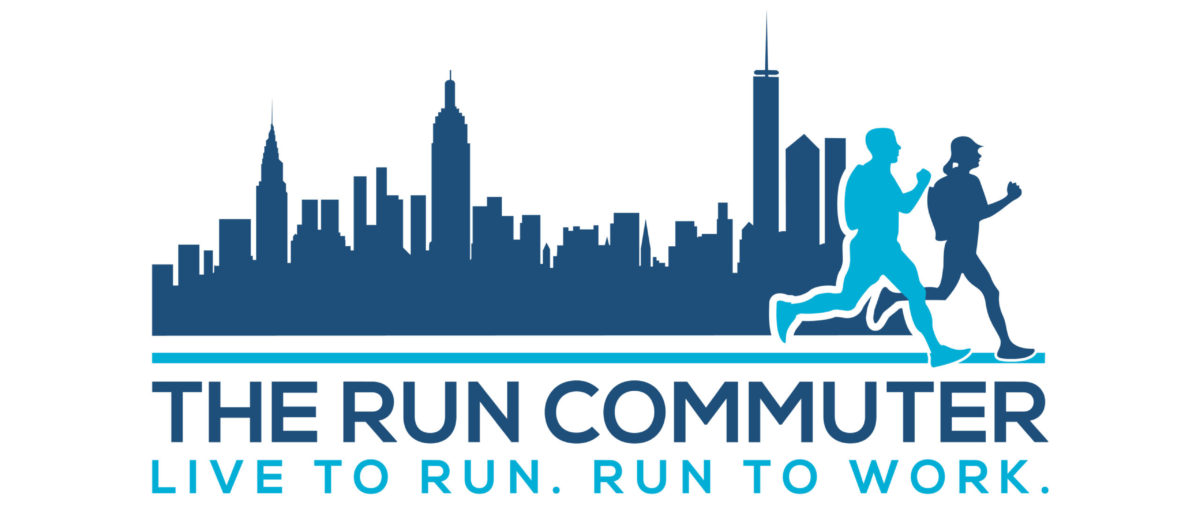What do shin splints and a bad carburetor have in common? Both of them will keep you from getting to work until they’re repaired. For run commuters, a small injury can keep you off the road for a week or more.
We have to remember we’re not out running a race – we’re running to or from work, so there is no use in sprinting to the point of exhaustion (and we’re running with backpacks for goshsakes). In addition, when you look at footfall of runners in general, a majority of us are heel strikers…
Which leads us to a great article from No Meat Athlete, called The Simple Way to Injury-Proof Your Stride (For Good!) that offers an excellent and easy technique that I think is very applicable to us as run commuters.
It’s simple: three steps per second (or 180 per minute) while running.
When you turn your legs over at this rate, you:
- Are forced to take shorter, lighter strides
- Keep your feet underneath you, rather than way out in front
- Strike the ground with your midfoot, rather than your heel
- Spend more time in the air and less time “braking” on the ground
All these factors add up to two big things: Greater efficiency, and dramatically reduced risk of injury.
One thing I’ve personally noticed about running faster with a longer stride length is that your pack tends to move around a lot more (not to mention you really feel the weight) than if you just take it a little slower. I’m also a firm believer in a feet-underneath-you, midfoot-strike running style, so the appeal of a simple change in cadence in order to correct most issues is awesome.
Try it out and see how it works for you. We would love to hear the results!

Great post. I recently ran 2.5 miles with a new backpack (TNF Borealis) and think I over did it with the stride and speed; my back has been aching for a week now. The slower and shorter and lighter strides might be the solution. The backpack may be a little big, which might have contributed to the back pain.
The Borealis looks like a decent pack. It has the two main things that make it appealing to runners/run commuters – a waist strap and chest strap. It has an interesting bottom angle that is supposed to keep the pack higher on your shoulders, which would seem better, but could possibly be the cause of the issue you’re having. Usually, shoulder muscle soreness can be expected after starting to run with a pack.
Running using a shorter stride will help keep your body vertically-aligned, with the weight from the pack being distributed and released properly through the body’s natural cushioning system. More info here: http://tinyurl.com/882l7s2
In addition, you might try running with less weight (if you can) for a bit and really cinch those two straps down tight, too. Hope this helps and good luck!